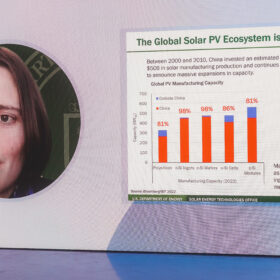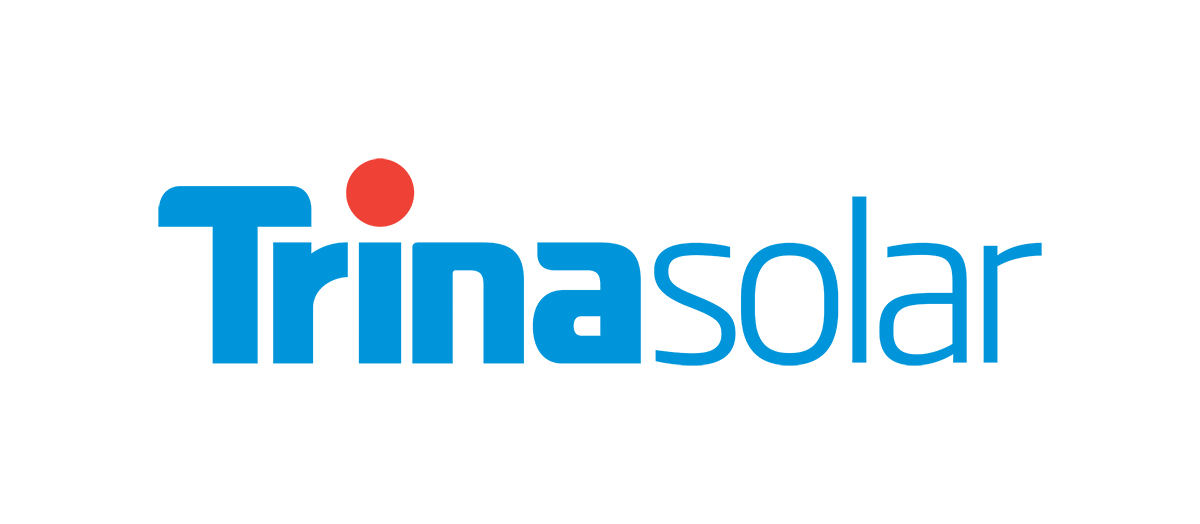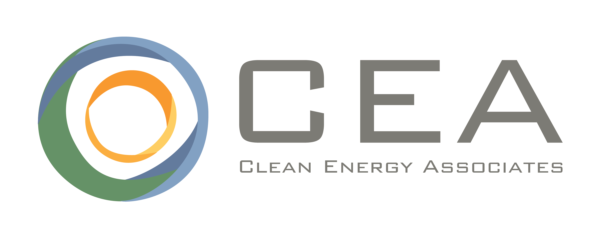US’ 23
A Manufacturing Renaissance
October 12, 2023
It’s a wrap – our virtual Roundtables US 2023 ended! This year’s discussions focused on the U.S. solar industry’s most up-to-date issues and developments. Below is the photo gallery of the event and the speaker’s presentations. In the next few days, we will also be adding the videos of the sessions to our YouTube channel and website, so stay tuned!
This live broadcast-virtual conference moderated by pv magazine brought together the U.S. solar industry’s leading experts and innovators to discuss the latest and most pressing issues regarding policy, implementation, and the future of American solar manufacturing.
Our speakers discussed how the IRA changes the solar PV manufacturing landscape and how to scale energy storage in the U.S. We also deep-dived into the latest cell and module technologies and production and the great promise of community solar. And, of course, always to be remembered: We discussed how to ensure quality, reliability, and durability throughout the supply chain.
Presentations
You can find the presentations of the event here:
- Session 1 | Dr. Becca Jones-Albertus, Director, DOE SETO – Building Out U.S. Solar Manufacturing
- Session 1 | Bruce Ledesma, President, Nextracker – Onshoring U.S. manufacturing
- Session 2 | John Shaw, Utility Scale PV Module Sales Manager, US Pacific Coast Region, Trina Solar – Leading the new competitive edge: N-type TOPcon technology
- Session 3 | Alyssa Huang, Product Marketing Manager, LONGI – Lifecycle quality to ensure long-term module performance and reliability
With the overarching topic, A Manufacturing Renaissance, the six program sessions focused on:
1. The role of domestic manufacturing in the U.S. energy transition
The Inflation Reduction Act (IRA), a pivotal change in U.S. climate and energy legislation, complements the nation’s goals of reducing emissions by at least 50% from a 2005 baseline by 2030 and achieving net-zero pollution by 2050.
However, in recent years, solar deployment has been held back by supply chain issues. That is expected to change as the strong support for manufacturing within the IRA may unlock a new era of U.S.-made production of energy components.
This session will look at the incentives within the IRA designed to encourage domestic manufacturing, the capacity expected to come online—where and when. A panel of experts will review how much upstream manufacturing is needed to support domestic cell and module supply chains and offer strategies for closing the expected supply chain gaps. The session will also review domestic content requirements and discuss how to secure the various new bonuses/incentive adders within the IRA
2. Cell and module production: What technologies will lead and why
The IRA’s $30 billion in production tax credits and a $10 billion investment tax credit are accelerating module production in the U.S. This session will address the challenges of rapidly expanding solar manufacturing, such as workforce recruitment and training. It will also explore the technologies being manufactured and the reasons behind their selection. The discussion will encompass various module technologies like heterojunction, TOPCon, PERC, and CdTe thin film, along with challenges in upstream supply, manufacturing efficiency, costs, quality control, and module sizes.
3. Maintaining quality, reliability, and durability with meeting growing demand
As solar manufacturing rapidly scales to meet increasing demand, the U.S. is expected to need a supply of more than 40,000 modules a week.
This session will review best practices in maintaining quality, reliability and durability throughout the supply chain. As solar asset portfolios grow and diversify, these practices will be key in mitigating risks and maximizing returns.
4. Ramping up grid-scale energy storage
The IRA is expected to stimulate the adoption of tens of gigawatts of energy storage installations in the next seven years, at both the grid scale and residential level. In this session, industry experts will discuss federal and state incentives for manufacturing, market forecasts and how much capacity is needed—when and where, proposed and expected manufacturing facilities, and safety and technology issues.
5. State policy changes drive new models for residential solar plus storage
When California pulled the plug on net metering, it opened the door for residential energy storage. The changing rate environment gives rise to whole home solutions, virtual power plants and microgrids. This session will look at how the state policy changed the landscape for behind-the-meter storage.
6. The promise of community solar
With strong policies and incentives fueling the market for locally generated and accessible energy, what are the challenges in serving the growing demand?
This session will look at state and federal policies that are driving strong solar markets, focusing on New York state as an example. Also discussed will be policy support for low-income residents and energy communities, with examples of development meeting these needs.

Roundtables US 2023 Videos
Agenda 2023
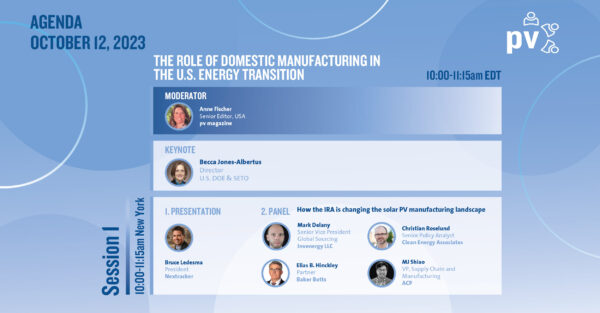
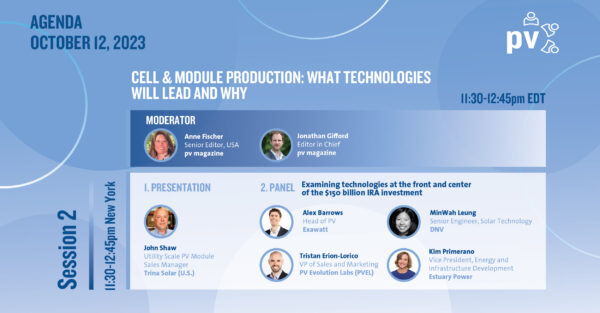
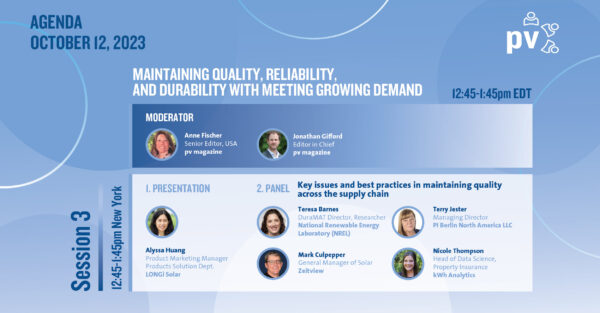
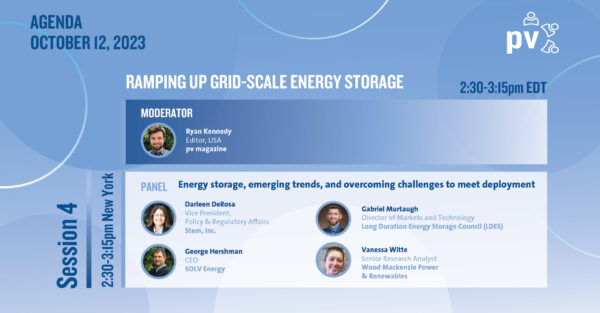
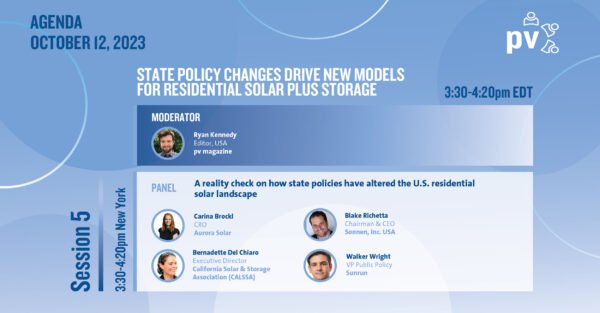
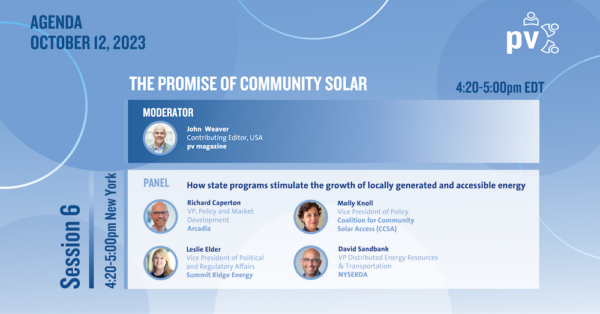
Speakers
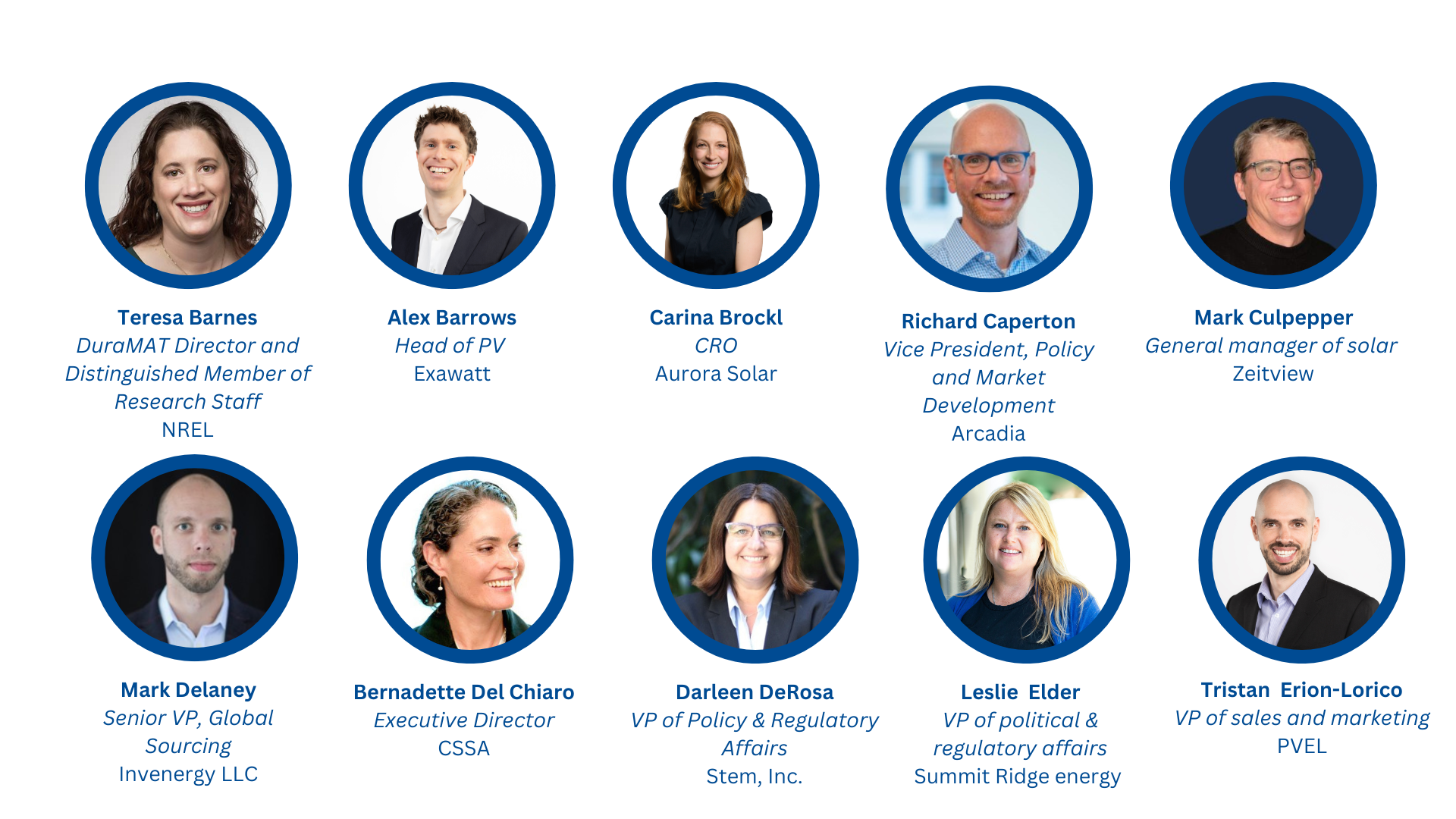
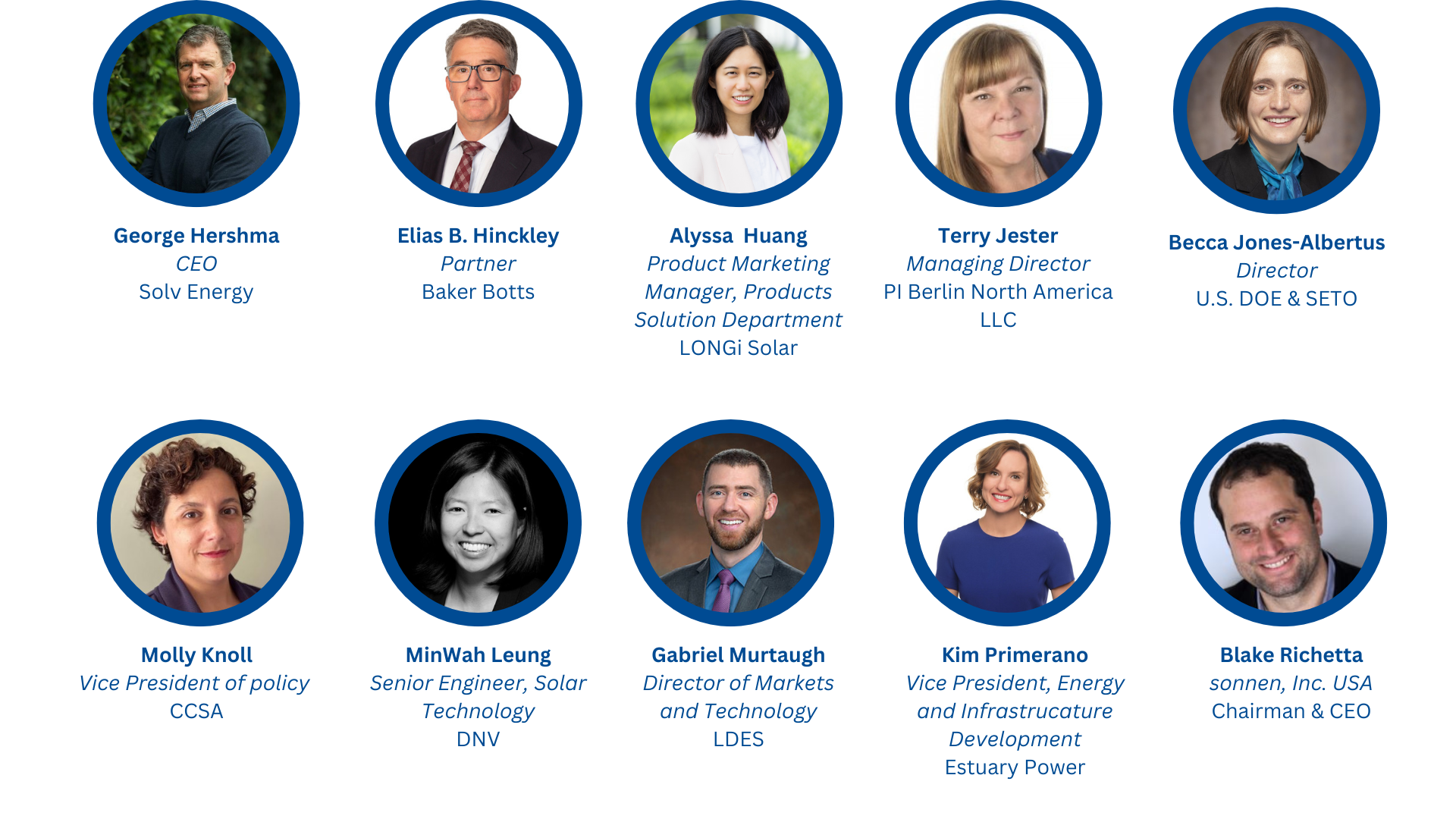
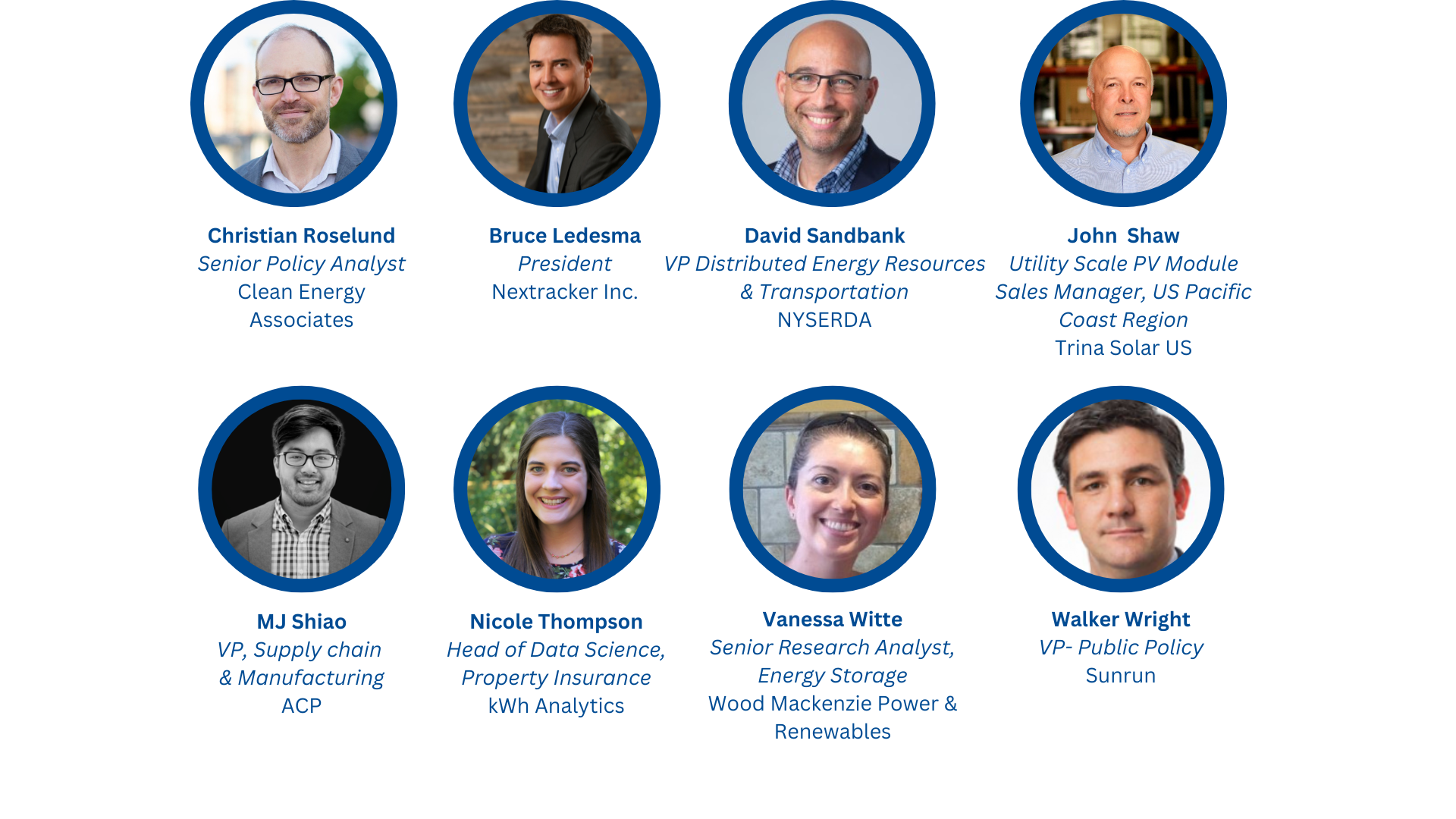
Event Partners 2023
Become a Partner

Matt Gallinger
Senior Manager, business development and sales
Email: matt( at )pv-magazine.com
Phone: +1 518 56 00 179


